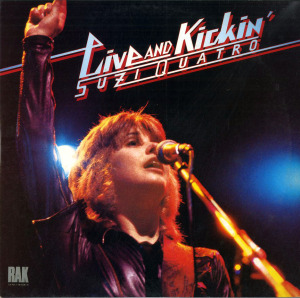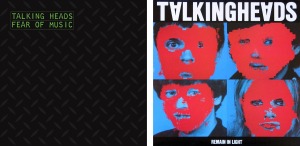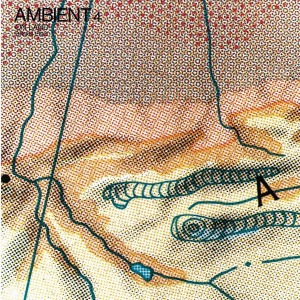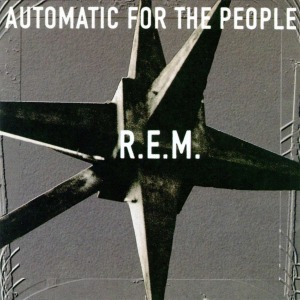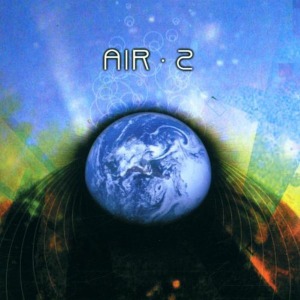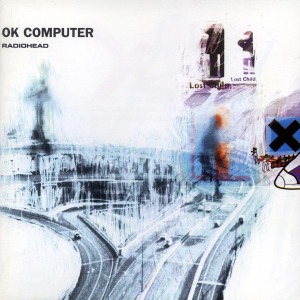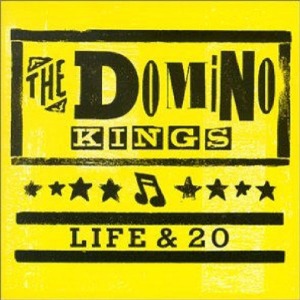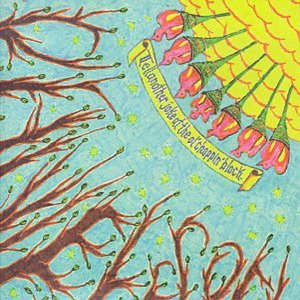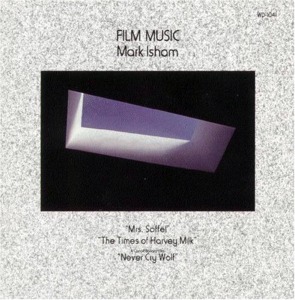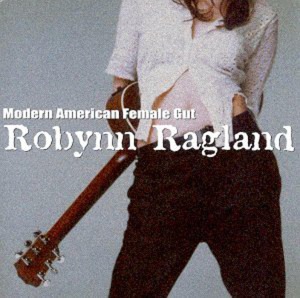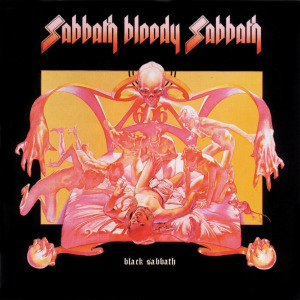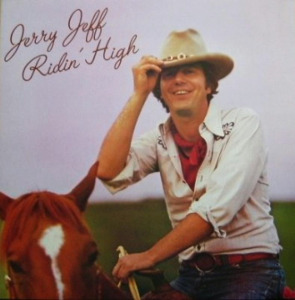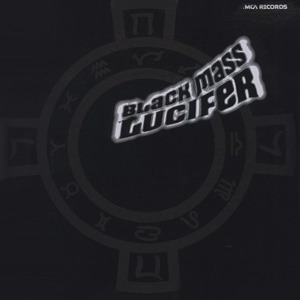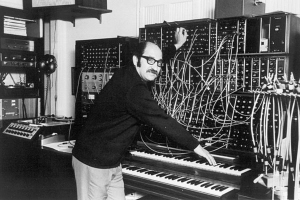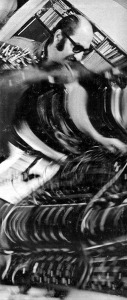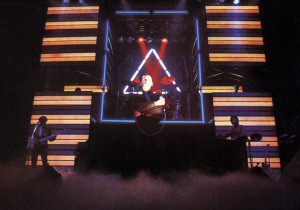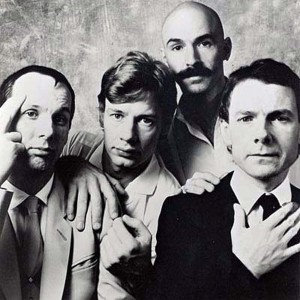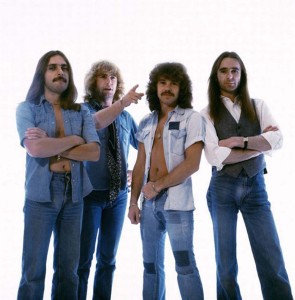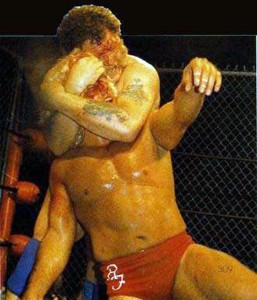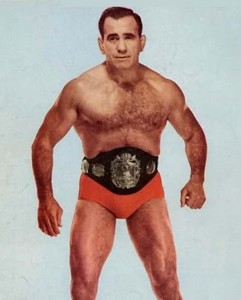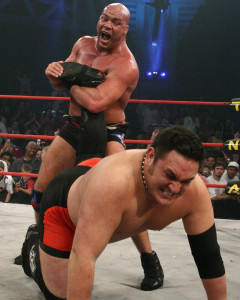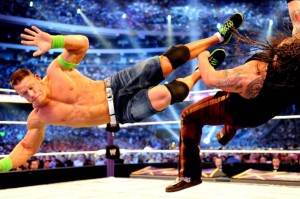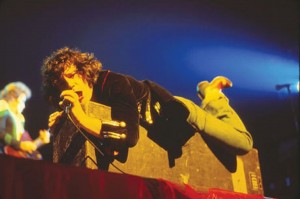Live recordings have been a part of the music industry since day one of the crude technology of the earliest devices. In fact, since there were really no studios available for recording purposes, all of those early “records” were “live recordings” in the strictest sense. However, the live album, as we now know it, is a completely different animal. That animal came into its own in the rock era and exploded with the release of ALIVE, a 1975 album by KISS, (a career making release with an overabundance of what has come to be known as “studio sweetening”), and FRAMPTON COMES ALIVE in 1976 (also hurtling “the face” and former Humble Pie guitarist to superstardom). With the unprecedented success of Peter Frampton’s fifth solo release, everybody and their brothers were releasing these documents of their latest tours (sometimes used as stop gaps between studio albums; sometimes used as a means to gain an artist’s release from a record label contract, commonly referred to as the “contractual obligation” record).
A lot of people don’t like live albums. I’m not one of those. Some of my favorite records were recorded on the road. Here’s a list of 20 live albums that I think are the best. These records are all official releases, not bootlegs… that’s a whole other list (and one you may see somewhere down the line, as well). I had a hard time keeping this list to 20 (it started out as a “Top10”) and, I’m sure that your list would look very different from this one. But, that’s what makes these things so much fun, right? So, starting with number 20, here’s the next in a series of reviews presenting 20 live albums that you should check out:
(16) SUZI QUATRO: LIVE AND KICKIN’
(RAK RECORDS; Australian import; 1977)
Suzi Quatro shoulda been huge… well, she was huge… she was huge in Australia and Japan (still is, as a matter of fact) but, she shoulda been huge on her home turf, the good ol’ US of… . Especially after making a few appearances on HAPPY DAYS, performing a couple of her most well-known tunes (“Cat Size” and “Devil Gate Drive”). Anyway, this release, recorded during Suzi’s AGGRO-PHOBIA tour of Japan and released on Mickie Most’s Australian record label, is probably the best of both worlds – Suzi in front of her most rabid fans, performing the songs that turned her into a household name across great swaths of three continents (she also had more success in Europe than at home). The album isn’t perfect: Suzi was promoting AGGRO-PHOBIA, her fourth record, which was a real departure from the previous YOUR MAMMA WON’T LIKE ME, so the live set relies heavily on tunes from that album; there are also some minor problems with the sound, as the production seems a bit thin at points. But… at the end of the day, this is Suzi live and, for that reason, LIVE AND KICKIN’ makes it in at number 16 on my list of great live albums.

The set opens with “The Wild One,” a glam classic from QUATRO, Suzi’s second release. The tune features Dave Neal’s trademark heavy backbeat, some funky guitar from Len Tuckey, a thumping bass line from Suzi and a cool tack piano from Mike Deacon, which lends it the then-typical ’50s rock and roll groove that Quatro had become known for. Tuckey delivers the first of many impressive, solid solos; Suzi’s vocals are tough and confident and, if anyone ever questioned the fact (production here and on her studio releases – for some reason – buries the bass tracks, leading to conjecture in certain quarters), her bass is not merely a prop… she can really play! Dallas Frazier’s country-fried “The Honky Tonk Downstairs,” the first of three AGGRO-PHOBIA songs in a row, chugs along nicely, coming off heavier than the studio version’s rockabilly Gospel revival tent-meeting vibe, with a nice Deacon electric piano solo. Like most tunes of this variety, Suzi’s voice has kind of a hiccup that adds to the overall charm. “Heartbreak Hotel” is Elvis Presley on steroids. It features a great arrangement, with a slow bridge on the chorus that works really well and a Tuckey solo that Scotty Moore would be proud of. With a more syncopated, heavier rock sound, “Half As Much As Me” highlights the fact that Suzi and Len are, indeed, a formidable writing team; it’s quite possibly the strongest track from AGGRO-PHOBIA.

Opening up side two, “Cat Size,” is Tuckey and Quatro attempting a sultry ballad but, in this live setting, it just never catches fire. It’s back to AGGRO-PHOBIA with Steve Harley’s “Make Me Smile (Come Up and See Me),” a sort of throbbing slow grind, not-quite-a-ballad number that works better than the last song. Suzi and her boys were always better when they were rocking, though the touch of honky tonk from Mike’s piano is a nice touch. “American Lady” with its patriotic, “I miss America” sentimentality comes across far better than most tunes of the type. The song is another one of those slow-burn tracks from the latest studio album that nearly bursts into a blazing inferno before the band expertly reins it back in. Deacon once again shines with some powerful organ work and the rhythm section of Suzi and Dave lock into a strong groove that propels the song forward. With “Glycerine Queen,” it’s back to the stomping rock ‘n’ roll; though never released a single (it did appear as the B-side to the North America only single “All Shook Up”), it remains one of Quatro’s most beloved numbers. She adds a touch of Gene Vincent swagger that kicks the whole thing up a rung or two on the cool ladder.

Dipping back into the group’s glam roots, side three kicks off with “What’s It Like To Be Loved,” one of the rockingest songs on AGGRO-PHOBIA. Live, the tune is stretched past the fourteen-minute mark, with Deacon exhibiting his mastery of several keyboard instruments, Tuckey feeling the blues on an emotive solo and Neal delivering a powerful solo that morphs into a funky, jazzy duet with Quatro’s meaty bass before the entire band comes together for an ELP-type flourish into the final chorus. Dave’s “boom boom,” as Suzi calls it, is front and center on the anthemic, old school rock and roll of “Can the Can,” the first big hit – well, it was big everywhere but here at home – of Suzi’s solo career. The simplistic riffing and nonsense lyrics in no way diminishes the power that these four people could generate on stage. Though the original album had a fade at the end of the song, it actually moves right into another stomper…

…the song Suzi Quatro may be most remembered for, “Devil Gate Drive,” which is the first track on side four. With a slight nod to boogie-woogie, Deacon’s ragtime piano drives the rhythm. Though Suzi never seemed to have the vocal power to compensate for the heavier, louder live setting, she does command your attention with her breathless delivery and the call-and-response with the audience displays her true showmanship. Speaking of vocals, there’s a certain ragged charm to the guys’ doo-wop inspired backing vocals. “Roxy Roller” is one of the few tunes from the AGGRO-PHOBIA period (it was released as a single and, though it was not on the original album, it is a bonus cut on the 2012 7T’s Records reissue) that maintained the ’50s-cum-glam vibe that Suzi was best known for, making it one of the few from that era to stand the test of time. It’s classic Quatro, with a massive bass sound propelling the song forward. The final of seven (eight if you count the single-only “Roxy Roller”) AGGRO-PHOBIA tunes, “Tear Me Apart” is a winner that highlights Suzi’s voice, as well as her ability to hold a crowd in the palm of her hand during another round of audience participation. A rousing, spirited encore of “Keep A-Knockin’” proves that Suzi Quatro is, indeed, a throwback to a simpler time, when rock ‘n’ roll was new and exciting. It’s a great way to close out this live offering from the undisputed Queen of Glam.
The only way this album (which is supposedly the entire performance) could have been improved would have been to include something from my favorite Suzi Quatro record, YOUR MAMMA WON’T LIKE ME (the title cut or “I Bit Off More Than I Can Chew” or “Strip Me” immediately come to mind). LIVE AND KICKIN’ has never been released in the United States and the most recent release comes from the British reissue imprint, 7T’s Records, which faithfully recreates the original album, without the album flip that separated “Can the Can” and “Devil Gate Drive,” delivering a true “live” experience. I haven’t heard this version but, I hope that some of those sonic deficiencies I mentioned earlier have been corrected.

